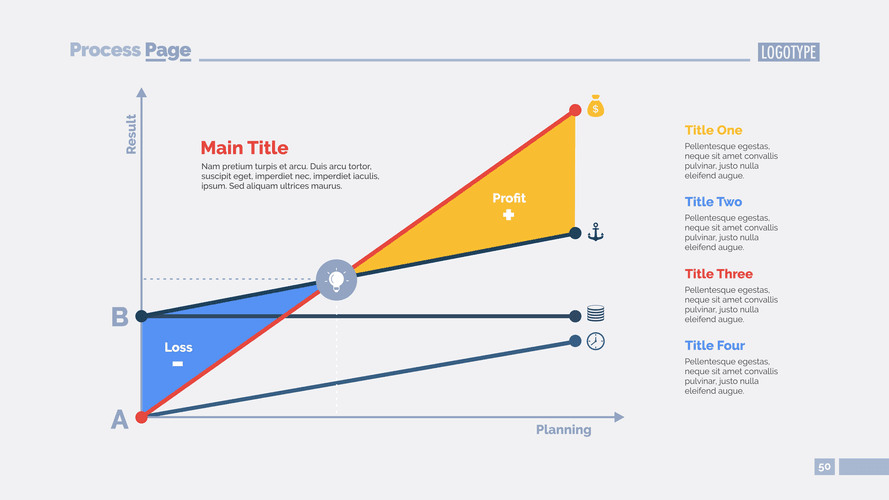5 Tips for Your Brewery Bookkeeping

Many food and beverage distributors make sales on credit, meaning their customers place orders, receive orders, and then pay for them after the distributor invoices them. But AR management comes with particular challenges for food and beverage businesses, who often operate with tight profit margins and deal in inventory that has a limited shelf life. One of the primary reasons why AR is important for food distribution businesses is that it represents the money that the business is owed for the products it has delivered. As a brewery, you’re likely selling to other businesses, like restaurants, stores, and grocers. Setting up how you reconcile your accounts receivables (AR), or simply put, how you ensure you collect payment from customers will be an important part of your accounting process. This end-to-end brewery management software is tailored for craft beverage industries to help them streamline production, inventory, accounting, and more.

Edp School Бесплатный курс Bookkeeping
Second, stale or unused beer may be returned by distributors, in which case it’s also charged to expense through the cost of goods sold. A larger brewery might even accrue for expected amounts of stale beer, which brings up one of the best account names ever, and I am not making this up – accrued stale beer. They’ll help you manage your inventory, track your sales, and provide you with valuable insights into your business.

Teaching and Learning Through Industry Collaboration
- AccountingTools is an IRS Approved Continuing Education Provider.
- Each of these programs offers unique features and integrations that may be better suited for certain breweries over others, such as specialized invoicing capabilities or detailed reporting tools.
- Kept.pro delivers, complete outsourced accounting and bookkeeping teams, or we can augment your existing internal capacity.
- Sage 50cloud Accounting also offers a free 30-day trial to test key features of the software.
- At this point, the beer production process is complete, but there’s also a lot of waste, which is called spent grain.
- Through tableside ordering and payments, you can enable your employees to spend more time with guests, accelerate service with tapside payments, and speed up checkout with portable technology optimized for the restaurant environment.
And finally, we get to bottling and aging, where the beer goes into cans, bottles, or kegs, sometimes with artificial carbonation. If there’s no artificial carbonation, then it may be aged for a while, to give it time to naturally carbonate. At this point, the beer production process is complete, but there’s also a lot of waste, which is called how is sales tax calculated spent grain. Most breweries donate their spent grain to farms for animal feed, but it can also be used as compost, or as ingredients in baked goods, or even used to produce methane, which is then used to power the brewery. So you want to start a brewery and you don’t know what to do about bookkeeping and accounting. Audra Gaiziunas, Brewed For Her Ledger, guides us through accounting solutions for your craft brewery.
« Back to Software – how to use technology to run your business more efficiently
- It helps you keep track of the money coming in, the money going out, and everything you own or owe.
- This end-to-end brewery management software is tailored for craft beverage industries to help them streamline production, inventory, accounting, and more.
- Beverage industry pros read the pages of ProBrewer each day for equipment, news, and discussions, but not everyone has the time to do it daily.
- Maximize your cash for growth and minimize uncertainty and risk.
- Bookkeeping should be an ongoing process, with financial transactions recorded daily or weekly.
- There are plenty of software solutions available for different aspects of your bookkeeping, so it’s important to pick the right ones.
The best thing about bookkeeping is that when it’s done properly, you’ll actually look forward to doing it every month (or having it done for you). Monthly reconciliations and reports are essential to maintain an accurate understanding of your brewery’s financial health. However, if you find yourself letting months go by without reconciling your bookkeeping, it’s time to get the help of a professional. ADP offers payroll services for small, medium, and large organizations, as brewery accounting well as custom-configured connections with HR, time tracking, and automated employee data syncing.
- At the end of the day, we’ve spent enough time around brewery owners to know that time and space to think is the currency that matters.
- This refers to the money that a business is owed by its customers for goods or services that have been delivered but not yet paid for.
- But it’s also super critical to the health and longevity of your business.
- We work with you as an integrated partner, structurally invested in your success, and scalable as you grow.
By taking the time to properly set up brewery accounting and automating the accounts receivables process, breweries are able to reduce manual labour and improve accuracy when dealing with large amounts of data. Accounting software and automation tools for breweries allow businesses to generate custom reports, giving them greater insight into financial performance over time. Additionally, automated reminders sent through these programs will Accounting for Churches help ensure timely collection of payments from customers so cash flow remains steady throughout business cycles. All in all, setting up a comprehensive accounting system helps reduce mistakes while making it easier for breweries to stay on top of their finances, maintain customer relationships, and remain profitable in the long run. Automation tools like Notch should then be utilized wherever possible in order to save time while ensuring accuracy when dealing with invoices or other transactions related to accounts receivable activities. And finally, regular oversight over financial reports will help ensure information is being tracked accurately, so businesses can make informed decisions regarding their operations.
- So you want to start a brewery and you don’t know what to do about bookkeeping and accounting.
- Course DescriptionThe operations of a brewery present several unique issues for the accountant, especially in regard to beer costs and taproom operations.
- If you transfer beer from the brewery to the taproom at cost, then the taproom is going to report massive profits, while the brewery doesn’t get to report any profits at all.
- She helps with accounting solutions such as business plans, pro-formas, costing templates, and software implementation.
- Ask Audra any question about accounting, finance, and strategy for your brewery.

As a brewery owner, you understand that there’s nothing standard about your operations. By understanding the breakdown of costs in all areas of the brewery, you can create an actionable plan, seeing where you might be able to cut back on spending or invest more. Similarly, Derek Smith from Small Batch Standard also stresses the importance for breweries to have an accurate breakdown of their revenue, cost of commodities, and labor. Join thousands of other food businesses who receive new insights and tips. Reconciling accounts involves comparing the transactions recorded in your accounting system with the actual transactions in your bank and credit card statements.

What Our Customers Are Saying
For most breweries, the numbers are the “uncomfortable unknown.” Owners rely on the local CPA or the jack-of-all-trades, in-house bookkeeper to prepare the financials they use to make the most meaningful decisions in their business. „Chris and the Small Batch Standard team are an integral member of Wicked Barley. We consider our relationship a partnership. They have demonstrated invaluable knowledge in the brewery industry and has kept us from flying blind.“ No longer can breweries survive without the financial wherewithal, operational skill, and finger on the pulse of the consumer. The slow decline of the “average,” while the cream – those who have taken the challenge head on – rises to the top.